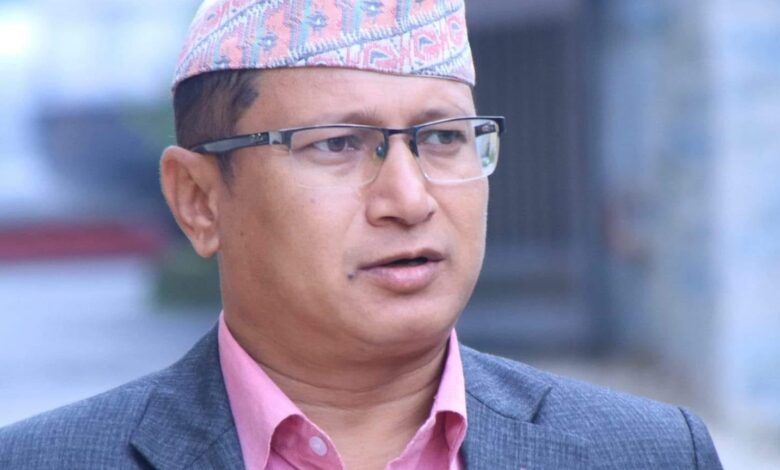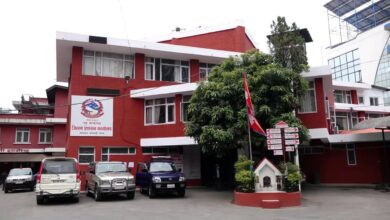China-India Cultural Event and Nepal’s Opportunity

# Prem Sagar Poudel
The Indian cultural event in China’s capital, Beijing, has sparked new enthusiasm in China-India relations. Organized by the Indian Embassy, this one-day program allowed more than four thousand Chinese citizens to experience India’s cultural diversity. From Rajasthani Kalbelia dance to Punjabi Bhangra, Assamese Bihu dance, South Indian classical music, and cuisines from various states, the event gained widespread attention. The presence of China’s Deputy Foreign Minister Li Qijian and Indian Ambassador P. Kumaran also lent diplomatic significance to the occasion. Being the first large-scale event of its kind in four years, it is seen as a sign of improving relations between the two nations.
Although China-India relations cooled after the 2020 Galwan Valley conflict, recent talks and cultural exchanges have brought a new turn. Economically, both countries are deeply interdependent. India imports large quantities of medicinal raw materials, fertilizers, machinery, and silk from China, while China procures iron ore, engineering products, and petroleum products from India. However, with India’s trade deficit with China reaching 65 billion USD in 2024, reducing this gap remains a challenge. Meanwhile, both nations have advanced strategies to build mutual trust through cultural programs.
Nepal stands to gain significantly from the growing cooperation between China and India. Geographically positioned between the two countries, Nepal has the opportunity to connect with ambitious initiatives like China’s Belt and Road Initiative (BRI) and India’s Sagarmala Project. Projects such as the Kerung-Kathmandu railway (China) and the Raxaul-Kathmandu rail line (India) have increased Nepal’s potential to link with Asian markets. In the tourism sector, the number of Chinese and Indian tourists is vital to Nepal’s economy. In 2023, Nepal welcomed 300,000 Chinese and 250,000 Indian tourists. Additionally, China has been investing in hydropower projects in Nepal, while India has supported petroleum pipelines and smooth energy agreements.
From a diplomatic perspective, Nepal can prioritize its security and development by maintaining balanced relations with both nations. Assistance such as border management equipment from China and military training from India has bolstered Nepal’s national security. However, Nepal also faces the challenge of internal policy reforms to reap long-term benefits from these opportunities. To realize large-scale economic plans, Nepal must establish transparent regulations and an environment attractive to investors.
As China-India relations improve in the future, Nepal can leverage its neutrality as a diplomatic strength. With increasing trade, tourism, and cultural exchanges between the two countries, Nepal has the potential to play a broader role in regional cooperation. However, this requires a clear foreign policy, economic good governance, and political stability. Just as the China-India cultural event has shown, Nepal too has the opportunity to strengthen its position with regional powers through its cultural identity and economic contributions.








